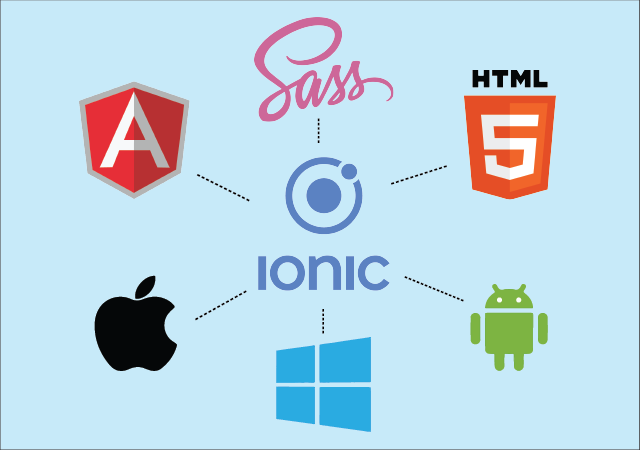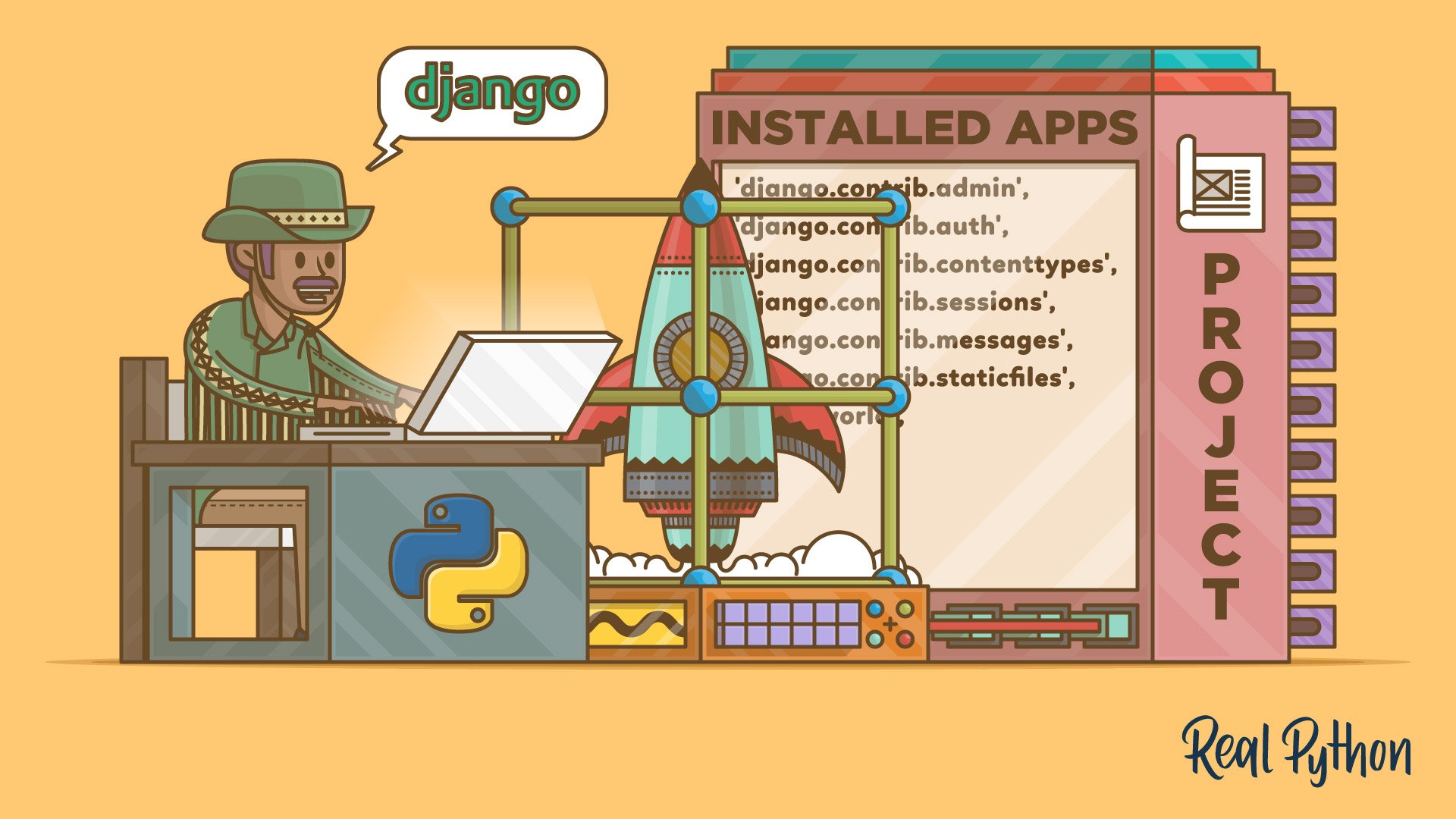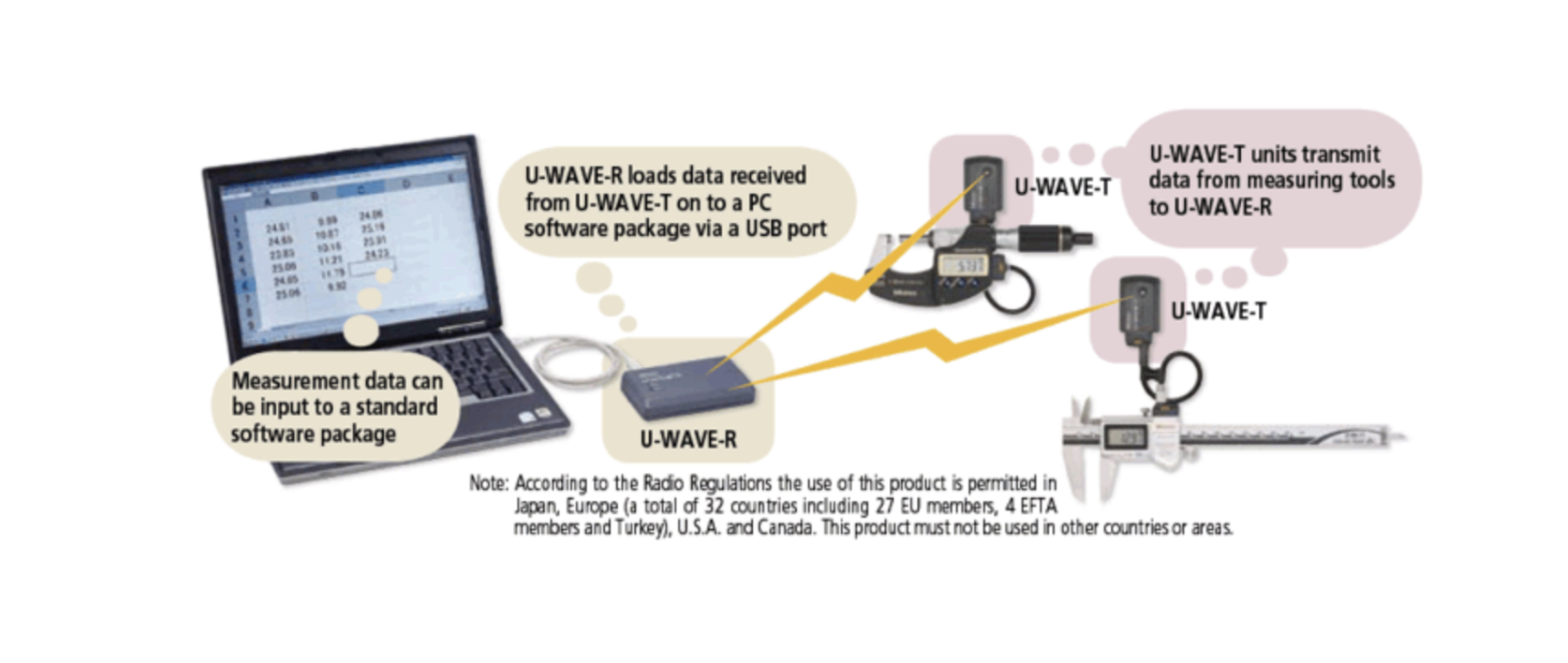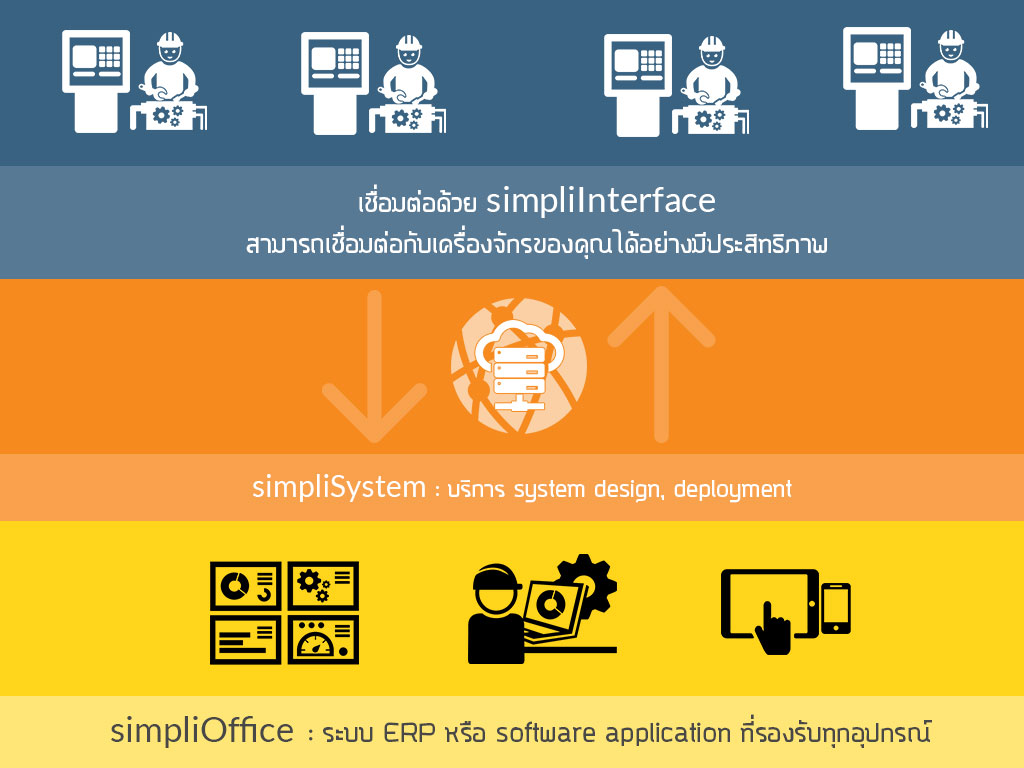Why Understanding Design Patterns is Essential in Large Projects Like Odoo
In large-scale projects like Odoo, where the system is designed to be modular, extensible, and adaptable for diverse business needs, design patterns play a crucial role. They provide proven solutions to common problems in software design, ensuring that the system remains maintainable, scalable, and efficient over time.
Here’s why understanding design patterns is critical:
1. Promote Code Reusability
- Design patterns provide standardized solutions, enabling developers to reuse code structures across modules and features.
- In Odoo, modules share common patterns (e.g., Active Record for models) to reduce redundancy and improve efficiency.
2. Ensure Maintainability
- Large projects often involve multiple developers over long periods. Design patterns make the codebase easier to read, understand, and maintain.
- For instance, the MVC pattern in Odoo separates concerns, making updates to business logic (Model) independent of changes in the UI (View).
3. Facilitate Scalability
- As businesses grow, their ERP systems must adapt to increased data and complexity. Patterns like Lazy Loading and Registry in Odoo help manage resources effectively and scale the application.
4. Enhance Collaboration
- Design patterns provide a common language among developers, making collaboration more effective.
- In Odoo, knowing patterns like Decorator and Observer allows teams to extend functionalities without disrupting the core logic.
5. Enable Modularity
- Odoo's modular architecture relies on patterns to ensure that individual components (modules) can be added, removed, or modified independently.
- Patterns like Dependency Injection ensure modules interact without being tightly coupled.
6. Reduce Development Time
- Instead of reinventing the wheel, developers can apply existing patterns to solve complex problems quickly.
- For example, using the Factory pattern simplifies the creation of new models or workflows in Odoo.
7. Improve Code Quality
- Patterns encourage developers to follow best practices, resulting in a cleaner and more robust codebase.
- For instance, applying the Singleton pattern to manage a single instance of the environment ensures consistent data access across Odoo modules.
Conclusion
Understanding design patterns is indispensable for developers working on large projects like Odoo. They not only improve the technical quality of the system but also ensure that it can evolve to meet changing business requirements. By mastering these patterns, developers can contribute to a system that is reliable, adaptable, and future-proof.
1.Model-View-Controller (MVC)
Description: MVC is a design pattern that separates the application into three interconnected components:
- Model: Manages the data and business logic.
- View: Handles the user interface and displays the data.
- Controller: Processes user input and interacts with the model and view.
- Diagram:
classDiagram class Model { +data +create() +read() +update() +delete() } class View { +display(data) +getInput() } class Controller { +handleRequest() +updateModel(data) } Model --> Controller : updates Controller --> View : renders View --> Controller : user actions
2.Active Record Pattern
Description: Each object represents a single row in a database table, and methods are provided to interact with the database (e.g., save(), delete()).
-Use in Odoo: Odoo models directly map to database tables, and the ORM manages CRUD operations.
-Diagram:
classDiagram
class ActiveRecord {
+id
+save()
+delete()
+find()
}
ActiveRecord <|-- Partner : ORM Model3.Observer Pattern
Description: Allows objects (observers) to subscribe to updates from another object (subject). When the subject changes state, all observers are notified.
-
Use in Odoo: Used in computed fields, onchange methods, and workflows.
-
Diagram:
classDiagram class Subject { +attach(observer) +detach(observer) +notify() } class Observer { +update() } Subject --> Observer : notifies
4.Dependency Injection
Description: A design principle where dependencies are injected into a class rather than being created within it. This makes code more modular and testable.
Use in Odoo: Modules depend on external services (e.g., third-party APIs, registries) injected at runtime.
- Diagram:
classDiagram class Service { +operation() } class Module { +Service service } Module --> Service : injects
5.Registry Pattern
Description: Maintains a central registry for storing and accessing objects dynamically at runtime.
Use in Odoo: The model registry stores all models for runtime access.
- Diagram:
classDiagram class Registry { +getModel(name) +registerModel(name, model) } class Model { +operation() } Registry --> Model : stores
6.Lazy Loading
Description: Objects are only loaded or initialized when they are accessed to save memory and processing time.
Use in Odoo: Relational fields (e.g., many2one) are fetched only when accessed.
Diagram:
classDiagram
class Proxy {
+request()
}
class RealObject {
+operation()
}
Proxy --> RealObject : initializes on demand7.Singleton Pattern
Description: Ensures that only one instance of a class exists throughout the application.
Use in Odoo: Odoo's environment (odoo.api.Environment) ensures a single instance per request.
Diagram:
classDiagram
class Singleton {
-instance
+getInstance()
}8.Decorator Pattern
Description: Dynamically adds functionality to a class without modifying its structure.
Use in Odoo: Python decorators like @api.depends and @api.onchange add ORM-specific behavior.
Diagram:
classDiagram
class Component {
+operation()
}
class Decorator {
+operation()
}
class ConcreteComponent {
+operation()
}
Decorator --> Component
ConcreteComponent --> Decorator9.Template Method Pattern
Description: Defines the skeleton of an algorithm in a base class, while allowing subclasses to override specific steps.
Use in Odoo: Abstract methods in models can be overridden to customize behavior.
Diagram:
classDiagram
class AbstractClass {
+templateMethod()
#primitiveOperation1()
#primitiveOperation2()
}
class ConcreteClass {
#primitiveOperation1()
#primitiveOperation2()
}
AbstractClass --> ConcreteClass10.Factory Pattern
Description: A method or class that creates objects without specifying the exact class to instantiate.
Use in Odoo: The ORM creates model instances dynamically based on metadata.
- Diagram:
classDiagram class Factory { +createProduct(type) } class Product { +operation() } class ConcreteProduct1 class ConcreteProduct2 Factory --> Product Product <|-- ConcreteProduct1 Product <|-- ConcreteProduct2
11.Composite Pattern
Description: Treats individual objects and compositions of objects uniformly. Often used for hierarchical structures.
Use in Odoo: Hierarchies like categories or parent-child relationships.
Diagram:
classDiagram
class Component {
+operation()
}
class Leaf {
+operation()
}
class Composite {
+operation()
+add(component)
+remove(component)
}
Composite --> Component
Leaf --> Component12.Proxy Pattern
Description: A placeholder object that controls access to another object.
Use in Odoo: Used for access control and deferred loading.
Diagram:
classDiagram
class Proxy {
+request()
}
class RealObject {
+request()
}
Proxy --> RealObject : delegates13.Builder Pattern
Description: Constructs complex objects step by step.
Use in Odoo: Wizards (transient models) often follow the builder approach for multi-step workflows.
Diagram:
classDiagram
class Builder {
+buildPart()
+getResult()
}
class ConcreteBuilder {
+buildPart()
+getResult()
}
class Director {
+construct()
}
Builder <|-- ConcreteBuilder
Director --> Builder14.Strategy Pattern
Description: Encapsulates algorithms and makes them interchangeable.
Use in Odoo: Payment processors and shipping methods often use strategy patterns to switch between implementations.
Diagram:
classDiagram
class Context {
+setStrategy(strategy)
+executeStrategy()
}
class Strategy {
+execute()
}
class ConcreteStrategyA
class ConcreteStrategyB
Context --> Strategy
Strategy <|-- ConcreteStrategyA
Strategy <|-- ConcreteStrategyBThese explanations and diagrams cover the key patterns used in Odoo and provide a visual representation for better understanding.
Get in Touch with us
Related Posts
- 为什么“能赚钱的系统”未必拥有真正的价值
- Why Profitable Systems Can Still Have No Real Value
- 她的世界
- Her World
- Temporal × 本地大模型 × Robot Framework 面向中国企业的可靠业务自动化架构实践
- Building Reliable Office Automation with Temporal, Local LLMs, and Robot Framework
- RPA + AI: 为什么没有“智能”的自动化一定失败, 而没有“治理”的智能同样不可落地
- RPA + AI: Why Automation Fails Without Intelligence — and Intelligence Fails Without Control
- Simulating Border Conflict and Proxy War
- 先解决“检索与访问”问题 重塑高校图书馆战略价值的最快路径
- Fix Discovery & Access First: The Fastest Way to Restore the University Library’s Strategic Value
- 我们正在开发一个连接工厂与再生资源企业的废料交易平台
- We’re Building a Better Way for Factories and Recyclers to Trade Scrap
- 如何使用 Python 开发 MES(制造执行系统) —— 面向中国制造企业的实用指南
- How to Develop a Manufacturing Execution System (MES) with Python
- MES、ERP 与 SCADA 的区别与边界 —— 制造业系统角色与连接关系详解
- MES vs ERP vs SCADA: Roles and Boundaries Explained
- 为什么学习软件开发如此“痛苦” ——以及真正有效的解决方法
- Why Learning Software Development Feels So Painful — and How to Fix It
- 企业最终会选择哪种 AI:GPT 风格,还是 Gemini 风格?














